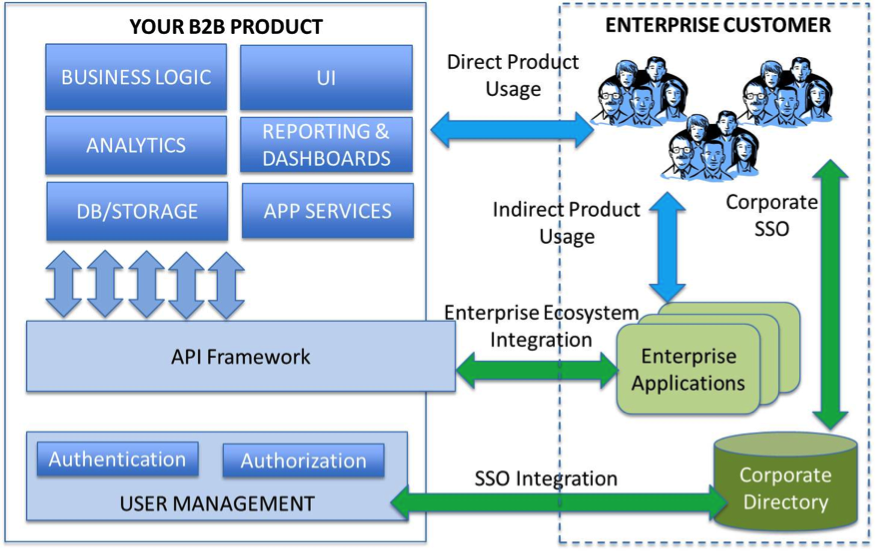 If you are a B2B startup building an innovative enterprise product, it’s the dream of millions of users that keeps you going in the initial days. Sometimes however, as you acquire early customers and users for your product, it seems that the demands they make and attention they seek is almost distracting you from your dream! And they are not even using the coolest and most innovative features you designed. Sounds familiar?
If you are a B2B startup building an innovative enterprise product, it’s the dream of millions of users that keeps you going in the initial days. Sometimes however, as you acquire early customers and users for your product, it seems that the demands they make and attention they seek is almost distracting you from your dream! And they are not even using the coolest and most innovative features you designed. Sounds familiar?
Here’s how you can draw the best out of your early customers, help improve your product and revenue, while ensuring user delight.
Customer Empathy to Customer Delight
Product evangelism is NOT about your product. It’s about your customers’ needs. Your product fortuitously happens to be the right medium to fulfill those needs. A customer-centric approach to building a product has been espoused by many. However, customer delight involves more than just validating your MVP and beta versions with early customers. Customer empathy is putting users at the center of your product development. Customer delight is beyond that – everything you build should be to enable your users to derive more, faster and better from your product. If your product has the WOW factor that elegantly meets the customer requirements while making it a joy to use, the users will almost certainly come!
Relationships, Relationships, Relationships
Next to a strong business case and measurable Return on Investment (RoI), your customer relationships are a critical aspect for your product’s adoption and success. Customer relationships do not imply idle socializing (who has time for that in a startup, anyway!). You need customer-side advocates who will not only vouch for your product in their company, but champion it internally as if it were their own. And that involves building and nurturing strong relationships with your early adopters.
- Treat them as true partners, not just as your paycheck!
- Share your product roadmap with them and listen to their feedback. It will give you early insight into how your next-gen features will be received
- Pay attention to their product complaints and resolve them to closure – not just in the early days of the deployment, but throughout the lifetime of the engagement (which, if things go well, can be forever!)
- Ask questions and understand their industry-specific trends. Everyone loves to talk about their domain and you will gain valuable insights for your product
Involve your customers to grow your business
If you have spent time and effort delivering customer delight, it can pay off in ways much beyond steady revenue. You can leverage your happy-customer network to expand market-reach and get even more business.
- Request for references to other prospects. A warm reference from an industry peer or colleague is likely to open doors that no amount of cold-calling can. Plus, they can talk about how your product is already benefiting them, helping you establish a stronger business case with the new prospect.
- Ask for quotes and customer testimonials. Video testimonials work even better.
- Publish joint case-studies. Let numbers and your product RoI be the central theme. Nothing sells like hard numbers, anyway!
B2B products are hard to build and enterprise customers are even harder to acquire. Nurture them and listen to their needs; they are the ones who will eventually fulfill to your million-user (and million-dollar) dreams.



